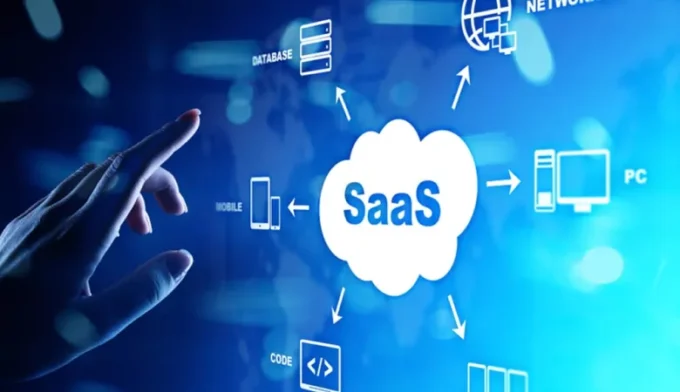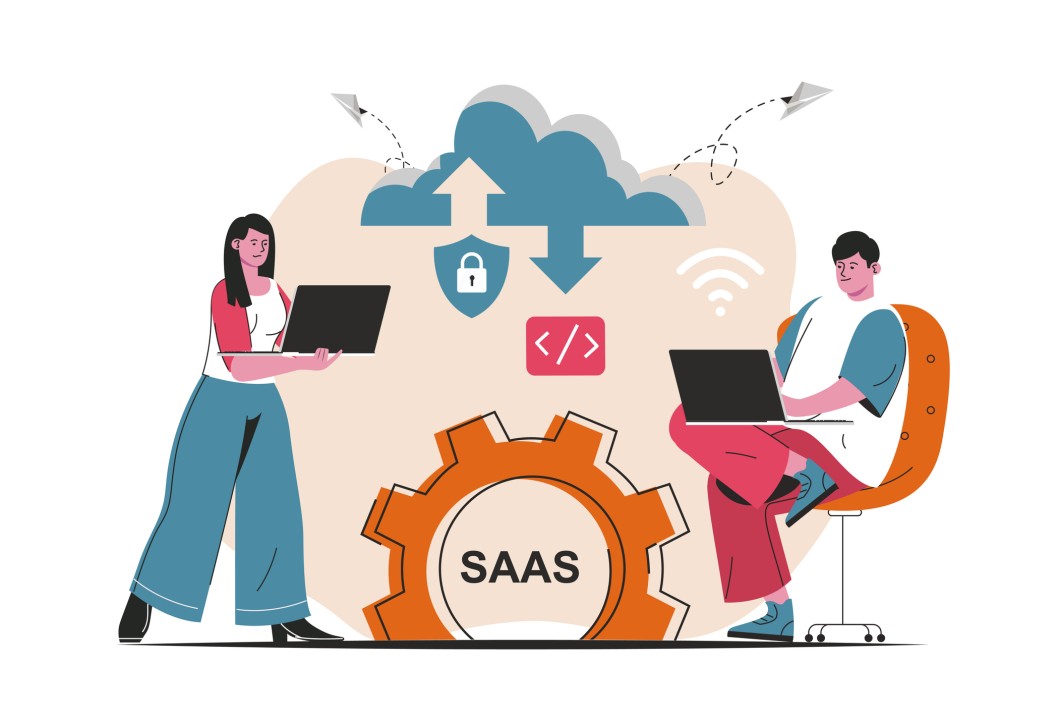A robust SaaS implementation plan is crucial for the seamless integration of software-as-a-service solutions into an organization’s operations.
Such a plan ensures that the transition from traditional systems to cloud-based services is smooth, efficient, and aligned with the company’s goals.
Without a well-thought-out plan, businesses can face numerous challenges, including operational disruptions, increased costs, and unmet expectations.
These consequences highlight the importance of careful planning and execution when implementing SaaS solutions.
Identifying Common Pitfalls in SaaS Implementation

Misaligned expectations are a significant pitfall in SaaS implementation. Often, project timelines are established with unrealistic deadlines, driven by pressure to deliver results quickly or to match the promises made to senior management or clients.
These timelines may not account for the complexities involved in implementing a new system, including the necessary time for thorough testing, user training, and integration with existing systems.
Stakeholders may have differing expectations about the capabilities and limitations of the SaaS solution, leading to misunderstandings and unmet needs. When these unrealistic deadlines and over-promises are not met, it results in disappointment and frustration among stakeholders, eroding trust in the project team and the chosen technology.
Clear and consistent communication is essential to align expectations and keep all parties informed throughout the process. Regular updates, transparent reporting on progress and challenges, and open channels for feedback can help ensure that everyone has a realistic understanding of what to expect.
The communication should involve all key stakeholders, including IT staff, end-users, and executive leadership, to foster a shared vision and commitment to the project’s success.
Insufficient planning and preparation can also derail a SaaS implementation. This often stems from a lack of thorough assessment of business requirements.
Without a detailed understanding of what the organization needs from the SaaS solution, it is easy to choose a system that does not fully meet operational needs or overlook critical features.
Moreover, inadequate planning can lead to incomplete or inaccurate project scoping, resulting in resource shortages or unexpected challenges during implementation.

A comprehensive understanding of data migration requirements is crucial to avoid data loss or corruption during the transition.
Data migration is a complex process that involves transferring data from legacy systems to the new SaaS platform. If not properly planned and executed, this process can result in incomplete data transfer, data inconsistencies, or even loss of critical information.
Detailed planning should include a thorough audit of existing data, identification of data cleansing needs, and clear protocols for data transfer and verification.
Poor user adoption strategies can hinder the success of a SaaS implementation. Even the most advanced and well-suited SaaS solution will fail to deliver its full potential if end-users do not embrace it.
Without adequate training and support, end-users may struggle to adapt to the new system, leading to decreased productivity and resistance to change.
The resistance can stem from a lack of understanding of the system’s benefits, fear of new technology, or frustration with insufficient support and training.
Addressing these issues requires a proactive approach to change management, ensuring that users are comfortable and confident with the new technology.
It involves developing comprehensive training programs tailored to different user groups, providing ongoing support through help desks or user forums, and actively seeking and responding to user feedback.
Involving users early in the implementation process can help build a sense of ownership and reduce resistance to change.
If you want to read more on common issues in SaaS implementation, visit https://helpgurus.net.
The Steps for Implementing SaaS

To ensure a successful SaaS implementation, organizations should follow these steps:
Compare On-Prem and SaaS: Start by evaluating the need and fit for SaaS within your organization. Consider factors such as cost, scalability, and the specific requirements of your business. This comparison will help determine whether SaaS is the right choice for your organization.
Identify Requirements: Understanding the needs of end-users and the parameters of the project is critical. This involves gathering detailed requirements from stakeholders to ensure that the chosen SaaS solution can meet these needs effectively.
Encourage Employee Adoption: Training and engaging employees is crucial for successful SaaS implementation. Develop comprehensive training programs and provide continuous support to ensure that users are comfortable with the new system and can leverage its full capabilities.
Procure Scalable SaaS Components: Focus on infrastructure design to ensure that the SaaS components are scalable and can accommodate future growth. This includes selecting solutions that can easily integrate with existing systems and support expanding business needs.

Consider Bandwidth and Hosting: Reliable connectivity is essential for SaaS applications. Assess your organization’s bandwidth and hosting requirements to ensure that the chosen solution can deliver consistent performance without interruptions.
Evaluate Performance and Quality: Monitoring platform performance is vital to ensure that the SaaS solution operates efficiently. Regularly assess the quality of service and address any performance issues promptly to maintain optimal functionality.
Ensure Data Security and Management: Implement robust security measures to protect sensitive data. This includes encryption, access controls, and regular security audits to safeguard against data breaches and other security threats.
Investigate Disaster Recovery Solutions: Prepare for potential disruptions by developing comprehensive disaster recovery plans. This ensures that your organization can quickly recover and resume operations in the event of a system failure or other emergencies.
Assess Customer Support & Monitoring: Ensure that responsive support systems are in place to assist users with any issues they may encounter. This includes providing access to knowledgeable support staff and offering various channels for support, such as phone, email, and live chat.
Analyze the SLA & Documentation: Reviewing service level agreements and thorough documentation is crucial to understand the terms and conditions of the SaaS solution. This helps ensure that the provider meets their commitments and that you have a clear understanding of your responsibilities.
Build Exit Strategies: Plan for potential disengagement by developing exit strategies. This includes outlining the steps for transitioning away from the SaaS solution if needed, ensuring that data can be retrieved and migrated without disruption.
By following these steps, organizations can avoid common pitfalls and achieve a successful SaaS implementation. Proper planning, clear communication, and ongoing support are key to maximizing the benefits of SaaS and ensuring a smooth transition for all stakeholders involved.









